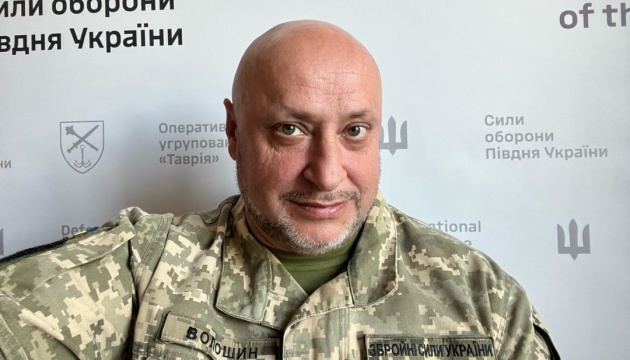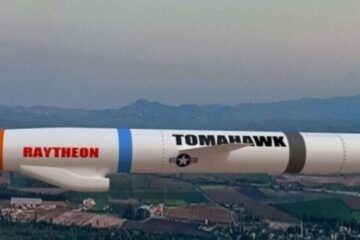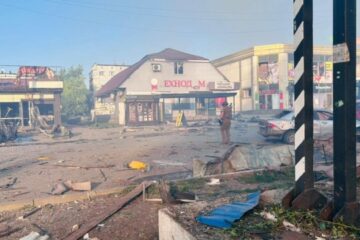
Russian forces have increased their activity across the island zones at the mouth of the Dnipro River in Kherson region. Compared to the previous week, the number of combat engagements on the Kherson front has risen 3.5 times.
This was reported to a Ukrinform correspondent by Vladyslav Voloshyn, Spokesperson for the Southern Defense Forces. He commented on the fact that between July 7 and 13, Russian troops attempted to storm Ukrainian positions on the left bank of the Dnipro River in Kherson region 42 times.
“Indeed, compared to the previous week, the number of combat clashes on the Kherson or Prydniprovske axes has increased 3.5 times. That means the enemy conducted a relatively high number of combat engagements for such a small front, involving infantry skirmishes. Before that, the situation was already challenging, with enemy drones, FPV strikes, and artillery shelling. But now the enemy has become more active in assault operations, trying to gain a foothold on several islands, including Velykyi Potyomkin (now Velykyi Vilkhovyi), Nestryha, and near the Antonivskyi road bridge — where, for several weeks prior, no active assaults had been recorded. Traditional assaults also continued near the Antonivskyi rail bridge,” Voloshyn said.
Additionally, he stated that Russian forces became active on Bilohrudyi, Kozulyskyi, and Zabych islands. On each of these, the enemy has carried out one to two assault operations, which Voloshyn characterized more as reconnaissance-in-force attempts. The enemy is trying to “probe” Ukrainian defenses, test various minefields and barriers, and locate Ukrainian firing positions.
Although Russian forces have intensified their presence across the island zone at the Dnipro delta, Voloshyn noted there is currently no evidence of preparations for a large-scale assault or crossing at any particular direction. However, it’s clear the enemy is seeking a weak point in the defenses to capture a foothold.
“If they see that we ‘don’t meet them properly’ somewhere, they try to gain a foothold at that location and then use it to launch firepower,” Voloshyn explained. He added that the Russians have been using drones to repeatedly drop supplies — ammunition, food, water, equipment — on a single spot before attempting to deploy an assault group to that location.
These assault groups typically consist of five people in a boat under the cover of electronic warfare (EW), poor weather, or at night with low visibility. Previously, the group would include four assault troops and a driver. Now, only two soldiers attempt to land — the others are dedicated to EW operation, drone countermeasures (one armed with a shotgun), and surveillance.
On the left bank near the Antonivskyi road and rail bridges, the enemy also attempts to infiltrate in pairs — trying to stealthily approach the bridges and occupy positions nearby. This occurs regularly, with three to four such attempts at a single bridge daily.
Voloshyn emphasized that this pertains specifically to the left bank of Kherson region — there are no enemy forces on the liberated right bank. He reiterated that the entire island zone remains under the fire control of Ukraine’s Defense Forces.
As previously reported, from July 7 to 13, 2025, Russian forces attempted 42 assaults on Ukrainian positions on the left bank of the Dnipro in Kherson region. The previous week (June 30 to July 6), there had been only 10 such attempts.
Source: Russian troops ramp up assaults on Dnipro delta islands in Kherson region



